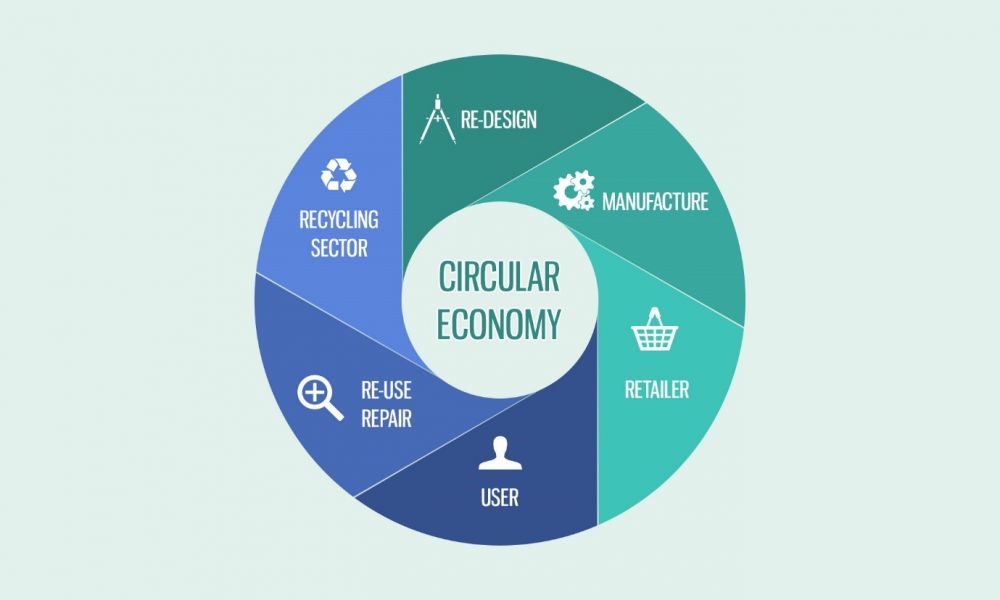Sustainability is about balancing today’s needs with future generations’ environmental and social impacts. Customers today are more concerned than ever before about the environmental effects of their purchases, and they’re searching for more than just packaging. We’ll look at what sustainability looks like in eCommerce, why your company may want to follow more sustainable practices, and some suggested improvements you can make to increase your brand’s footprint and gain new customers.
Here are a few stats:
- According to a Nielsen survey, 73% of global consumers claim they will change their consumption patterns to have a lower environmental impact.
- Millennials are more likely than Baby Boomers to say they are consciously modifying their habits to be more sustainable, with 75% saying so compared to 34% for Baby Boomers.
1. Update your brand ethos
Your brand ethos explains who you are as a company and what you owe to your consumers. It can play a significant role in defining your brand narrative and how your customers view you. A sustainable brand is one that has taken a firm stand on sustainability and implemented the required environmental and social practices to back it up. Your brand ethos should be mirrored through your site and platforms as an eCommerce company. It can be expressed consistently in your website, blog posts, social media, and all of your material and copy by making a strong point.
2. Have environmentally friendly products
This one will rely on what you already sell, but having sustainability-focused goods in your offerings is one way to make sustainability a key part of your business, particularly because a growing market of consumers is interested in buying such products. This could include developing more environmentally friendly alternatives to conventional goods or solving issues that allow people to live more sustainably.
3. Resale products
Giving goods a second life in the circular economy means allowing them to be passed on to a second or third owner after the first has grown tired of them. After that, items can be recycled to produce fresh ones. Consumers are increasingly turning to resale marketplaces and peer-to-peer networks to buy used goods, especially among Gen Z shoppers. You will inspire your customers to engage in the circular economy by giving them the option to resell or buy recycled goods.
4. Reduce packaging waste and shipping’s environmental effects.
There is no single shipping solution that will operate across the entire eCommerce industry since so many goods are delivered in different ways—from small items to large equipment, and direct-to-consumer to wholesalers and distributors.
However, here are some suggestions:
- Make the switch to environmentally friendly packaging, such as recycled boxes and inflatable packaging.
- Instead of shipping items in several boxes, bundle them.
- If a consumer decides to waive the right to refund a product, give them a discount.
- Enable consumers to select slower delivery options in exchange for store credit or incentives (like Amazon)
Final words
Omisell has given you 4 ways that you can be more environmentally friendly, by working to create a more sustainable product, supply chain, or shipping process, you will be able to achieve the dual goals of helping to distinguish your brand in a sea of rivals while also helping to create a more sustainable future.
Read more: 5 Tips To Grow Your Omnichannel Business
Read more: 4 Tips For Picking A Courier
Read more: 4 Ways to Prevent Customer Complaints


